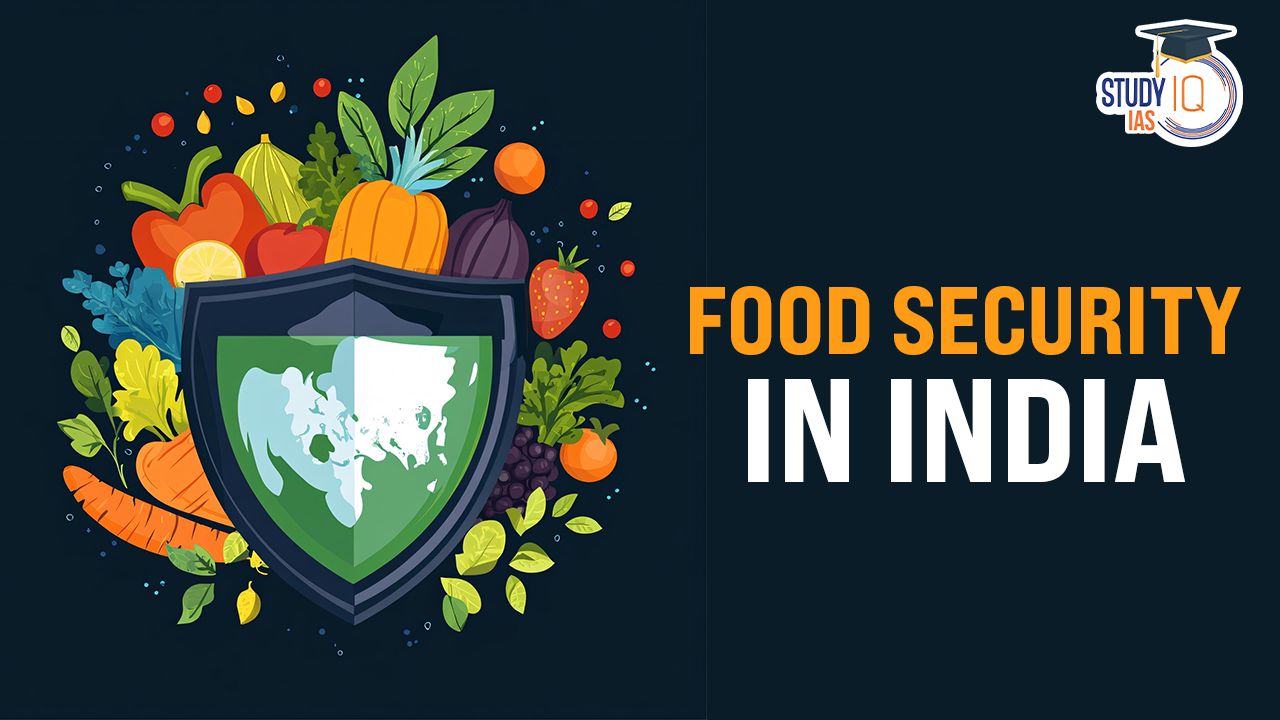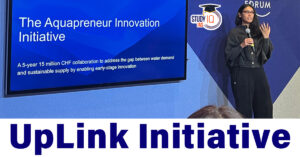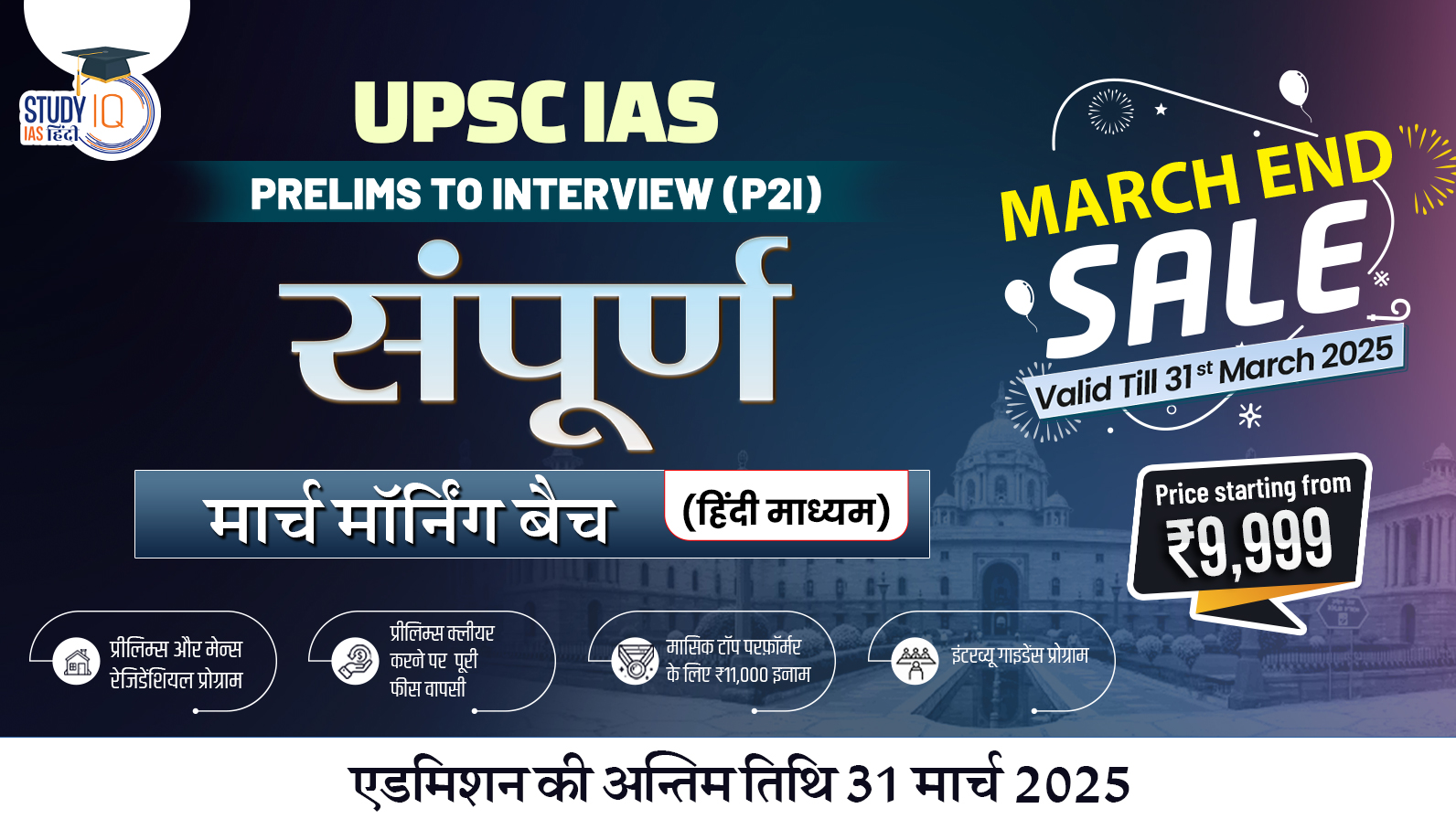Table of Contents
Ending hunger, food insecurity, and malnutrition is a key objective under the Sustainable Development Goals (SDGs), specifically Goal 2, which aims to achieve “zero hunger” by 2030. However, this goal faces significant challenges due to rising conflicts, climate vulnerability, and economic slowdowns in food-deficient regions.
Historical Context of India’s Food Security
- Green Revolution: India transitioned from a food-deficient nation to a food-surplus country over the past 60 years, largely due to the Green Revolution, which introduced high-yielding varieties (HYVs) of crops.
- Initiatives like the White Revolution (milk production) and Blue Transformation (fisheries) have also contributed to transforming India’s agrifood system.
- National Food Security Act (NFSA): Enacted in 2013, the NFSA provides food entitlements to over 800 million citizens, ensuring access to essential food items.
- The government approved the distribution of fortified rice from July 2024 to December 2028, reflecting India’s commitment to improving nutrition.
| Unhealthy Diets in India |
Global Hunger Index and Its Implications
|
Check here: Nutrition Security in India
Current Challenges in Agriculture
- Smallholder Farmers: Approximately 82% of India’s 93.09 million agrarian households are small and marginal farmers with less than two hectares of land.
- These farmers face challenges such as natural resource degradation, limited access to modern agricultural techniques, and fragmented landholdings.
- Resource Degradation: Overuse of groundwater and chemical fertilizers has harmed soil health and agricultural productivity.
- Improving water usage and soil management practices is essential for sustainable agriculture.
- Market Access Issues: Smallholder farmers struggle with infrastructure limitations and supply chain inefficiencies that hinder their market access.
- Enhancing market links can help increase farmer incomes and reduce food waste.
- Rural Poverty and Inequality: Addressing rural poverty requires ensuring that small farmers have access to financial services, technology, and modern irrigation systems.
- Climate Change Risks: Erratic weather patterns due to climate change pose significant risks to agriculture.
- Sustainable practices like water conservation and soil health restoration are necessary for resilience.
High Yield, Many Losses:
- Nutritional Decline: The focus on yield has reduced the nutritional quality of food.
- A study by the Indian Council for Agricultural Research (ICAR) found significant declines in micronutrient content in staple crops:
- Zinc in rice: Decreased by 33%.
- Zinc in wheat: Decreased by 30%.
- Iron in rice: Decreased by 27%.
- Iron in wheat: Decreased by 19%.
- This has contributed to micronutrient deficiencies in India, with one-third of children under five stunted and two-thirds anaemic, as reported by the National Family Health Survey.
- A study by the Indian Council for Agricultural Research (ICAR) found significant declines in micronutrient content in staple crops:
- Declining Fertilizer Efficiency: Crop response to fertilizers has dropped by over 80% since the 1970s, leading farmers to use more fertilizers without proportional yield increases.
- This results in higher costs with diminishing returns.
- Impact on Year-Round Production: Focusing only on maximising yields may improve seasonal outputs but fails to maximise yearly outputs.
- Example: Intercropping sugarcane with crops like chilli, eggplant, tomato, and coriander in Andhra Pradesh improved year-round farm income and profitability, demonstrating that overall farm success depends on multi-seasonal planning.
- Biodiversity Loss: High-yielding seed varieties promoted everywhere have resulted in the loss of about 1,04,000 rice varieties since the Green Revolution, undermining resilience against climate change-related events like floods, droughts, and heatwaves.
- Declining cultivation of resilient and nutritious crops such as millets has dropped by 10 million hectares, while rice and wheat areas have increased by 13 million and 21 million hectares, respectively. This also impacts food diversity for consumers.
Key Issues and Challenges Related to India’s Food Security and Affordability
- Food Insecurity and Malnutrition: Food insecurity stems from a lack of access to affordable healthy diets. Achieving food sufficiency is essential to combat hunger.
- Adequate food does not guarantee balanced nutrition; thus, addressing malnutrition requires a transformation towards nutritionally compliant diets.
- Global Hunger Statistics: As of 2023, approximately 9.4% of the global population (or 757 million people) are undernourished.
- The African region faces the highest percentage of hunger at 20.4%, while Asia has the largest absolute number of hungry individuals at 384.5 million.
- Economic Access to Food: The cost of a healthy diet peaked at an average of 3.96 PPP dollars per person per day in 2022, with Asia averaging $4.20.
- Despite a slight decrease in those unable to afford a healthy diet globally (from 2.88 billion in 2021 to 2.83 billion in 2022), many still lack access, particularly in low-income countries.
- India’s Food Security Scenario: In India, 63.3% of the rural population (approximately 527.4 million) cannot afford the cost of a required diet even with all income spent on food.
- There is a pressing need to transform India’s agri-food system to ensure that healthy diets are available and affordable for all citizens.
Call for Action
- The theme for World Food Day emphasises the “Right to food for a better life and future,” highlighting the need for universal food security.
- Establishing food banks can help reduce food waste and ensure that no one goes hungry.
- Regions that are food-sufficient should engage in humanitarian redistribution to support food-deficient areas.
- A nation claiming self-sufficiency in food must also strive to be hunger-free.
- Addressing inequalities in food distribution is critical for achieving global hunger goals by 2030, ensuring that all individuals have access to safe and nutritious food throughout the year.
- Agriculture indicators should be collaboratively defined by various ministries (Health, Agriculture, Water, Environment) rather than solely by agricultural bodies.
- Indicators should reflect nutritional output per hectare per year to ensure food systems contribute positively to health outcomes.
- Indicators like soil biological activity, water-use efficiency, and farm biodiversity should be mainstream.
- Example: The Saagu Baagu pilot project in Telangana uses AI to optimise water use and enhance biodiversity, providing real-time data to farmers.
- A ‘Landscape Diversity Score’ should be developed to capture regional crop diversity and economic resilience through diversification strategies such as intercropping.


 GPS Spoofing and Its Impact in India: A ...
GPS Spoofing and Its Impact in India: A ...
 Amrit Gyaan Kosh Portal: A Comprehensive...
Amrit Gyaan Kosh Portal: A Comprehensive...
 UpLink Initiative: Launched by World Eco...
UpLink Initiative: Launched by World Eco...





















